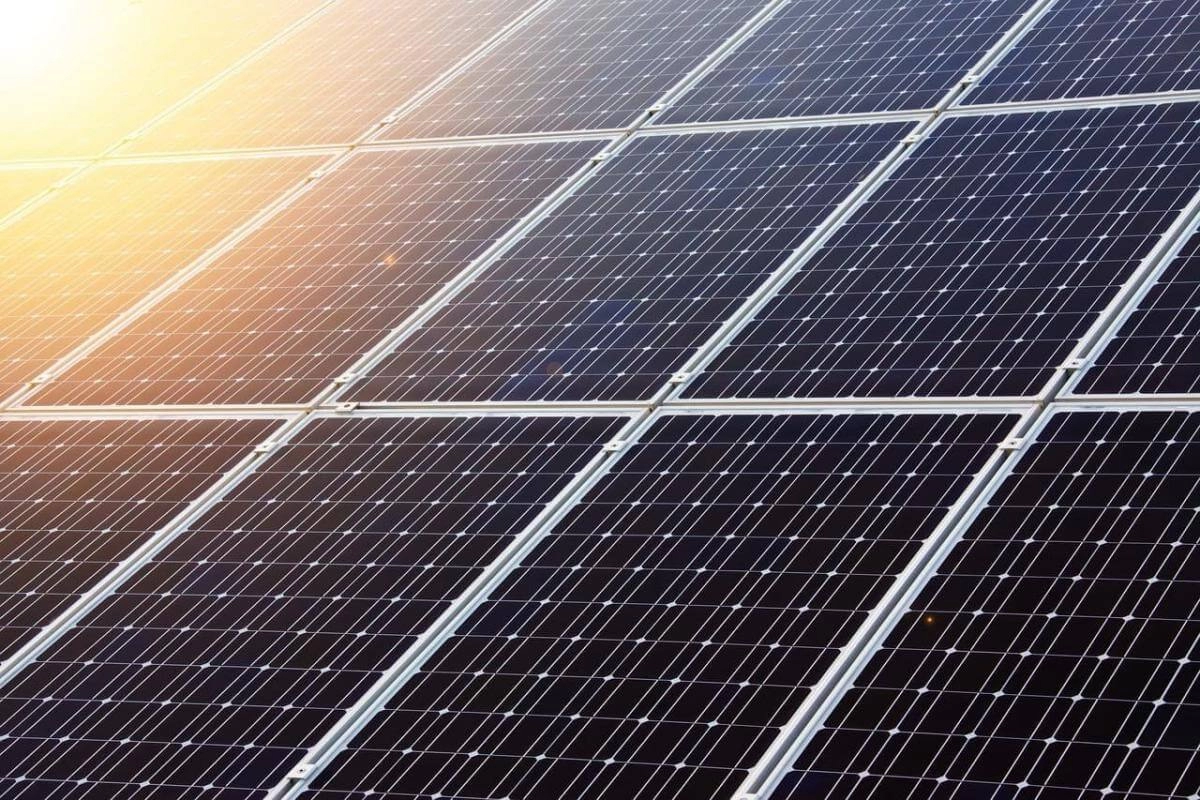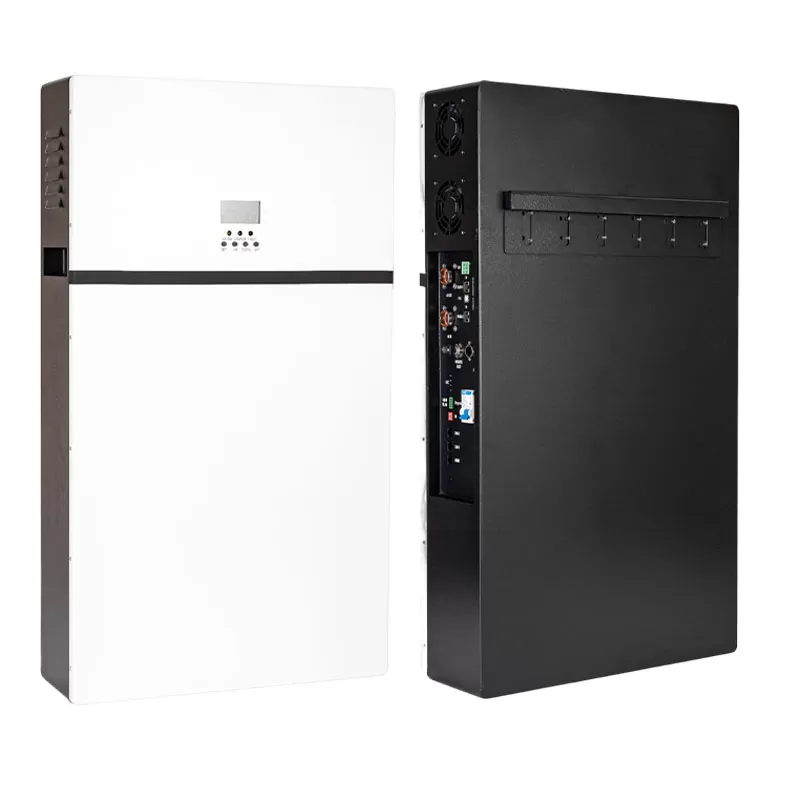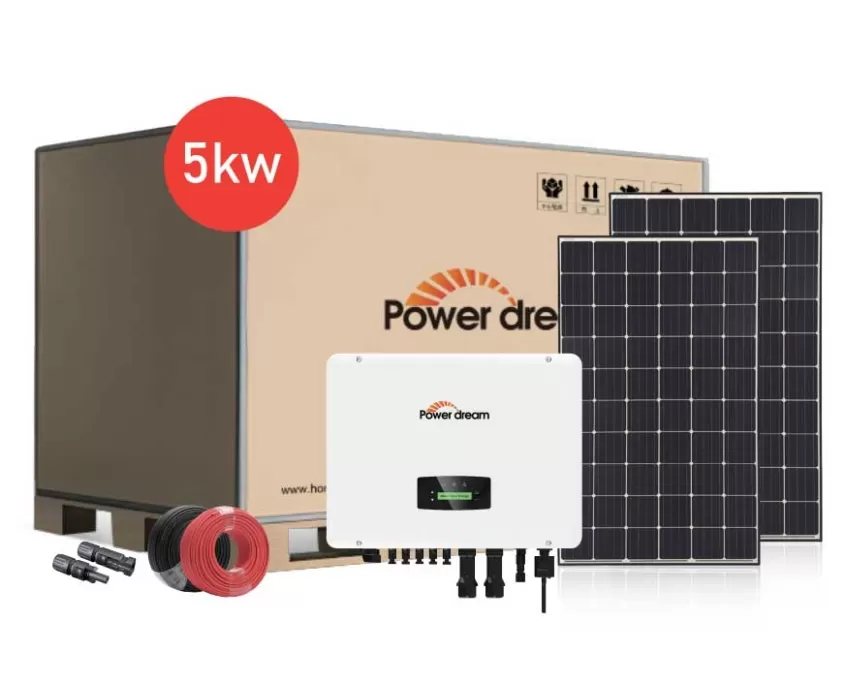How to determine an off grid solution for a four-bedroom home?
On average, a medium-sized four-bedroom US home consumes 30 to 50 kWh of electricity per day, with more specific figures depending on home size, climate zone, appliance efficiency, and occupant behavior. To accurately estimate your daily electrical load, an energy audit is performed: list all major appliances, record their power, and record typical hours of use. This data forms the basis of an off grid solution, identifying peak demand periods and total daily electricity use. With an accurate kWh estimate, we can specify the solar array’s size, the batteries’ storage capacity, the power rating of the inverters, and the backup generation options needed to maintain reliable power when the sun is not shining.
Calculating Solar Array Requirements for Off Grid Solution
Once daily energy consumption is determined, the next step in an off grid solution is to size the PV array. Suppose your four-bedroom home requires 40 kWh of electricity per day. In an area that averages 5 hours of peak sunshine daily, you’ll need a solar PV system of at least 8 kW to generate enough power. The solar off grid kits provided in BARANA’s off-grid solutions are modular, ranging from 5 kW to 60 kW, to accommodate different electricity consumption levels and geographical conditions. Considering system losses, inverter inefficiency, line losses, etc., we recommend adding an excess factor of about 20% to adjust the array power to about 10 kW. In addition, the high efficiency of solar modules and durable, weather-resistant frames ensure reliable power generation for decades.

Compatibility of inverters and charge controllers in off grid solution
One of the key components in the off grid solution is the solar array. For a four-bedroom house with a daily electricity demand of 40 kWh, BARANA recommends a battery capacity of at least 80 kWh to achieve two days of endurance. LiFePO₄ batteries are favored for their high discharge depth of up to 90%, long life of 3,000-5,000 cycles and excellent safety. With an 80 kWh LiFePO₄ battery pack, homeowners can regularly discharge the capacity to 20% without affecting the battery’s health. Meanwhile, BARANA’s off-grid solution kit integrates a battery management system (BMS) that monitors battery balance, temperature, and charging rate to optimize performance and extend life. Adding proper battery sizing and management ensures that your four-bedroom home enjoys uninterrupted power even during periods of low solar input for multiple consecutive days.

Compatibility of inverters and charge controllers
In off grid solutions, power conversion and control devices must be matched with solar arrays and battery systems to provide stable, clean power to household loads. BARANA’s off grid solutions use hybrid inverters (such as the MIN2500~6000 TL-X, MIN7000~10000 TL-X series) that combine MPP charge controllers with grid-tied inverter functions. For 8–10 kW solar arrays, we recommend an 8 kW inverter with an output of 120–240 VAC, three-phase support, and up to 95% efficiency. The integrated MPPT charge controller, rated at 60 A or higher, ensures optimal solar harvesting by dynamically adjusting voltage and current. By selecting an inverter and charge controller designed for compatibility, you can back off your off-grid solution with reliable power delivery, protecting sensitive electronics and maintaining home comfort.

Backup Generation and System Redundancy
Even the most robust off grid solutions benefit from supplemental backup generation to handle extreme weather or extended periods of low sunlight. BARANA has an optional 5-8 kW diesel generator that charges the battery bank and directly powers critical loads when solar output is insufficient. The hybrid inverter integrates a smart transfer switch and an automatic start-stop controller that manages the generator’s operation, starting only when the battery charge falls below a preset threshold. This feature avoids deep discharge, extends battery life, and reduces generator run time, saving fuel and maintenance costs. In addition, the off-grid solution architecture supports multiple generators operating in parallel for larger homes or higher loads, ensuring that a four-bedroom home can remain powered in any situation.
Energy Efficiency and Load Management
An effective off grid solution goes beyond hardware; it incorporates energy-saving measures and load management strategies. We recommend that the owner of the four-bedroom home upgrade to LED lighting, energy-efficient appliances, and high-efficiency heat pumps to reduce baseline energy consumption, resulting in an expected 20% to 30% reduction in daily electricity use. At the same time, incorporating programmable thermostats, smart plugs, and timed load controllers can shift non-critical loads to peak solar generation times, minimizing battery cycling. Demand response integration can automatically shed loads for more advanced setups when battery power is low, preserving power for critical circuits such as cooling, security, and lighting. Owners can optimise system size and reduce capital expenditures on oversized hardware by combining energy-saving practices with smart off-grid solution controls.
Achieving Reliable Energy Independence for a Four-Bedroom Home
When designing an off grid solution for a four-bedroom home, we perform detailed load analysis, precise system sizing, and integrate high-performance components. BARANA’s off grid system solutions range from 5 kW to 60 kW off-grid solar systems, 40-100 kWh LiFePO₄ battery packs, to hybrid inverters with integrated MPP and generator support, providing scalable, reliable power to meet residential needs. Combined with renewable energy, energy storage, backup, and energy efficiency measures, off-grid solutions can enable homeowners to achieve true energy independence.
